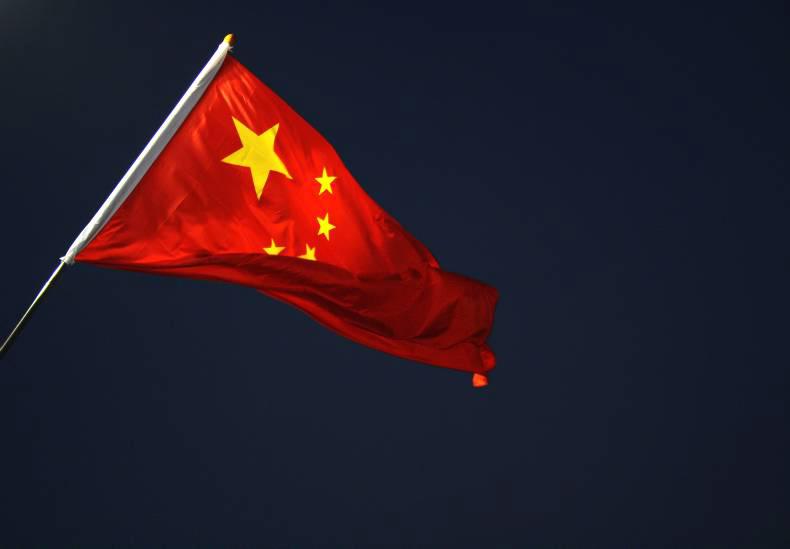For many years, China has been the growth engine of the world. However, signs of stress within its economy have had a knock-on effect around the globe, creating heightened volatility. Though challenging to navigate, this volatility can present attractive investment opportunities.
The root causes of China’s current market distress are numerous. In a broad sense, the country’s policymakers have attempted to spur economic growth by presenting attractive investment opportunities to its citizens, firstly through the property market, and later through the stock market. In both instances, investors were encouraged to borrow a large proportion of the required funds, allowing for a boom in the country’s markets.
The motivation for these policies was also varied, reflecting the highly interconnected nature of the country’s financial markets, its economy, and its currency.
Growth in China has traditionally stemmed from its healthy export sector given its cheap production costs. However, this left China vulnerable to demand in the rest of world. By encouraging Chinese citizens to invest within the country, policymakers could provide inflation-beating returns, which in turn supported consumer spending, while also funding economic growth and limiting negative currency, which would have been caused by capital flight out of the country.
Concerns about the sustainability of China’s 7% economic growth caused an initial sharp sell-off in its equity market in June, exacerbated by the effect of the amount of leverage investors had taken on, which magnified their losses. This prompted authorities to halt trading in over half of the shares listed on the country’s exchange, purchase shares directly and instruct brokerages to do the same.
These actions successfully supported share prices to a degree for a number of weeks. However, when economic data showing further signs of weakness coincided with the Central Bank’s decision to devalue the national currency, the Yuan, China’s equity markets again plunged.
China’s importance on the global stage, both as a source of demand for consumer goods and a provider of cheap production, is widely known. As such, its market woes had a contagion effect on global equity markets, particularly the US and Europe, where the ISEQ declined as much as 12.5% from high to low in August. In addition to investors’ concerns about the sustainability of global growth in light of a slowing China, equity markets also reacted to the resultant moves in the currency markets. In order to fund its share purchases, China was required to dispose of some of its US dollar reserves, prompting the dollar to decline against currencies such as the euro. Continued euro weakness is a key element to recovery in the eurozone due to the favourable effect it has on exports. As a result, the rally in the euro caused a further weakness in eurozone share prices.
This all serves to highlight the inter-connected nature of modern financial markets. It also emphasises the importance of diversification in every investor’s portfolio, as declines in some industries and asset classes were notably less than others.
Investors should expect similar volatility on the horizon, as western central banks have few policy measures left to deploy, following years of intervention in an attempt to jumpstart the economies of the US and Europe.
However, it is important to note that volatility in asset prices is not necessarily negative; rather, it can create attractive opportunities for both the longer term value-seeking investors and the short-term trader alike. In declining markets, “defensive” sectors tend to outperform, such as food producers and healthcare companies. Currency market volatility will also likely increase the attractiveness of domestically focused companies in some regions, which would not be exposed to adverse exchange rate moves. Overall, though markets may remain challenging, a wealth of opportunity should present itself to the well informed investor.
David Donnelly is a senior investment analyst with Cantor Fitzgerald Ireland.






 This is a subscriber-only article
This is a subscriber-only article










SHARING OPTIONS: